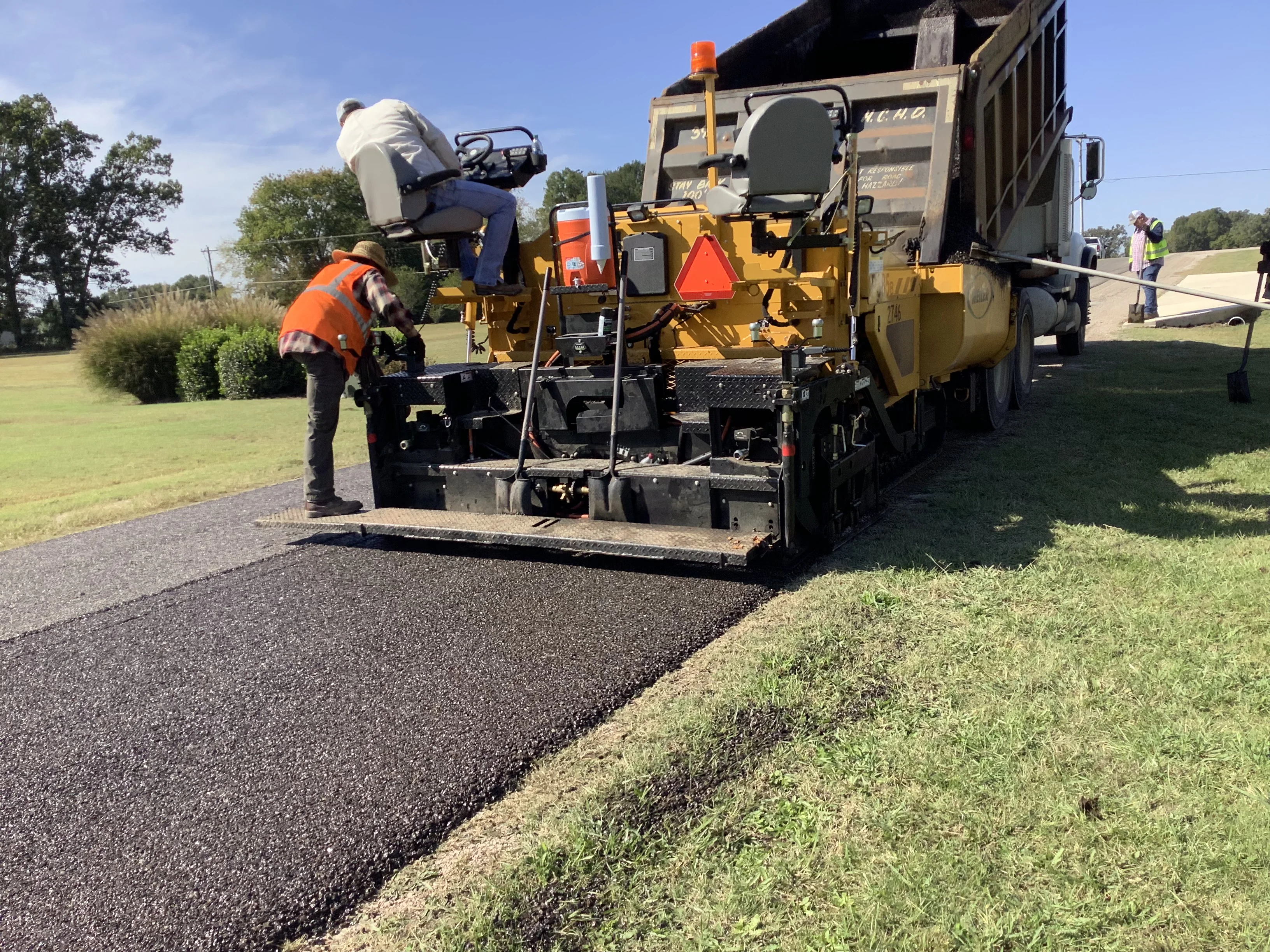8 Simple Techniques For A1 Professional Asphalt & Sealing Llc
8 Simple Techniques For A1 Professional Asphalt & Sealing Llc
Blog Article
Getting My A1 Professional Asphalt & Sealing Llc To Work
Table of ContentsAn Unbiased View of A1 Professional Asphalt & Sealing LlcA1 Professional Asphalt & Sealing Llc - QuestionsExcitement About A1 Professional Asphalt & Sealing LlcThe Best Guide To A1 Professional Asphalt & Sealing LlcA1 Professional Asphalt & Sealing Llc - The Facts

The oil in an automobile engine is not simply oil. It has a range of ingredients to boost the automobile's efficiency. These include polymers, viscosity modifiers, heat stabilizers, additional lubricants, and wear additives. The REOB contains all the additives that remained in the waste oil in addition to the wear steels from the engine (mainly iron and copper).
Nonetheless, by making numerous blends using various REOB examples and various asphalt binders, the variants mostly can be balanced out. Several States provided samples of well-known REOB composition to TFHRC researchers, that examined the samples to compare the portion of included (known) REOB to the located (tested) amount. The evaluations showed an equivalent percentage of included and discovered REOB.
The Facts About A1 Professional Asphalt & Sealing Llc Uncovered
None of those States understood that the asphalt they were getting consisted of REOB. One State insisted its samples had no REOB - https://sitereport.netcraft.com/?url=https://a1asphaltpro.com.
Of the 1,532 samples tested, 12 percent had REOB, and some consisted of substantially high levels of it at 1020 percent. The highest possible level was 34 percent in a sample from Texas, which TxDOT had used in a patching substance. This testing likewise exposed the presence of phosphoric acid in 11 percent of the examples, and 2 percent contained ground tire rubber.
2 years ago at TRB's yearly meeting, the Federal researchers held an REOB workshop and provided the findings of their laboratory evaluations to a standing room-only crowd. Some companies do not particularly outlaw REOB, they do impose physical tests that preclude its useeffectively a restriction. Others do not ban it by spec, however have arrangements with asphalt providers to stay clear of the usage of REOB
The Only Guide to A1 Professional Asphalt & Sealing Llc
A handful do enable REOB, some within specific limitations. As an example, Ohio and Texas restriction levels to much less than 5 percent of the asphalt. To establish a trustworthy examination technique that all States can utilize, the TFHRC scientists established a round-robin examination plan. The participants are 11 State highway agencies (Illinois, Massachusetts, Minnesota, Mississippi, Montana, North Carolina, Oklahoma, South Carolina, Texas, Vermont, and Wyoming), 2 independent screening laboratories, the Ministry of Transportation in Ontario, Queen's University in Ontario, and an Ontario paving professional.
In total amount, the researchers prepared and delivered 720 blends. The participants are testing the examples independently making use of the guidelines supplied by the TFHRC researchers. The round-robin screening is almost completed, and TFHRC remains in the procedure of gathering the results. The result will be a proposed AASHTO test approach that any type of State can take on and use (a-1 asphalt).
The sidewalk with REOB, which is situated 0.6 mile (1 kilometer) from the sidewalk without REOB, has the same subgrade, web traffic density, and environment. The section of Highway655 with 5 to 10 percent REOB showed substantial cracking. In this instance, the presence of REOB was the identified source of cracking at a reduced temperatures.
A section of examination sidewalk in Minnesota (MN1-4) found to contain REOB additionally split too soon. The pavement performed well for the first 3 to 4 years, however after that started to fracture.
A Biased View of A1 Professional Asphalt & Sealing Llc
The examinations were not substantial, but they revealed that at degrees of 6 percent or more, the tensile stamina of the asphalt went down dramatically. At a degree of 3.5 percent REOB, the variation in the physical examination methods was above the impact of REOB. It was challenging for scientists to evaluate whether REOB was present. https://www.dreamstime.com/a1asphaltsealng_info.

One binder parameter taken into consideration is the distinction in between the low temperature level important specification temperature for rigidity (S) in the flexing beam rheometer and the bending beam rheometer creep slope (m-value) noted as Tcritical. TC = TC (S) TC (m-value). Examination of this criterion is still continuous. 2 independent research study teams, one from AASHTO and the other from the Asphalt Institute, wrapped up that even visit our website more research study is needed on using REOB in asphalt.
Previously, all asphalt testing gauged design buildings such as rigidity. These examinations do disappoint what products had actually been contributed to the asphalt. One example obtained throughout the TFHRC study had a very weird analysis. The example had the adhering to examination results: Superpave PG 64-28 with a heat grade of 67.3 Tcritical on the flexing light beam rheometer was 6.7 degrees Celsius.

Top Guidelines Of A1 Professional Asphalt & Sealing Llc
These outcomes show there are weak points in the standardized engineering testing protocols that may be exploited. The producer may have a financial advantage and the product passes all the standard tests, yet the product might not be advantageous to guaranteeing long-term performance. To resolve this concern and the development of brand-new asphalt ingredients and extenders, TFHRC is starting a research program to use handheld spectroscopic tools, x-ray fluorescence spectroscopy, and Fourier change infrared spectroscopy to make it possible for evaluations to be done in the area instead than needing to take samples back to the laboratory.
Report this page